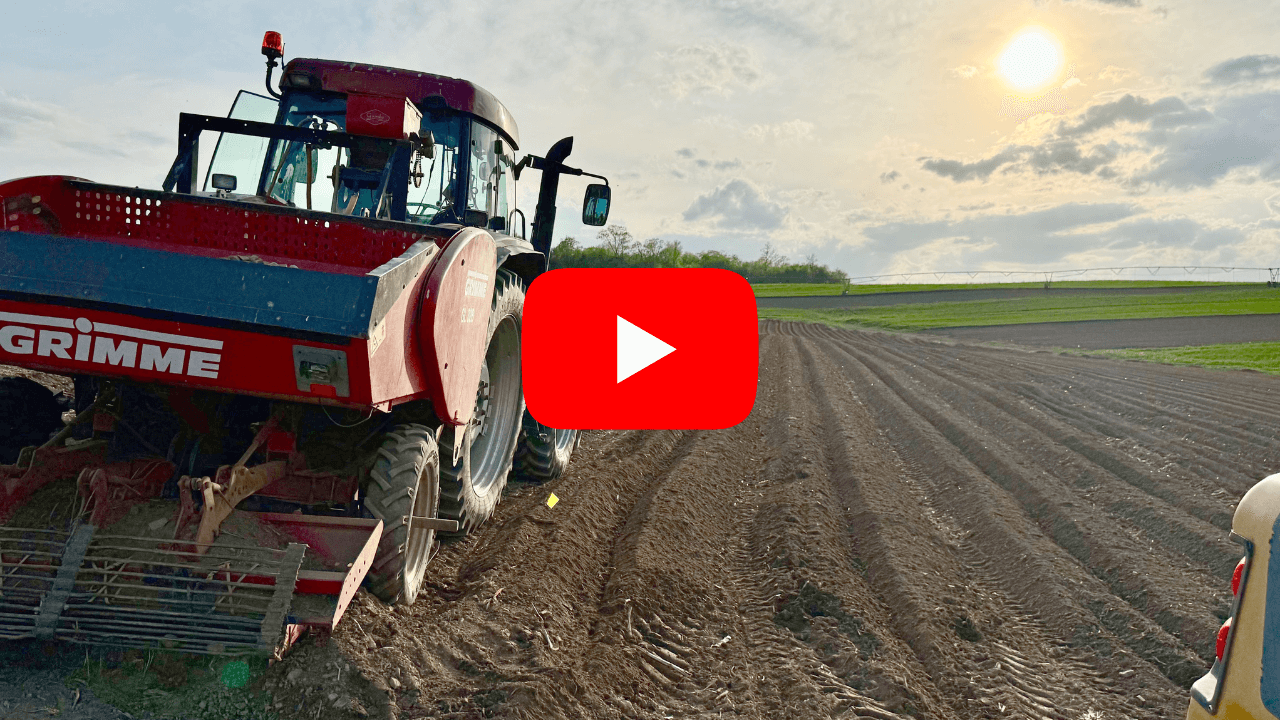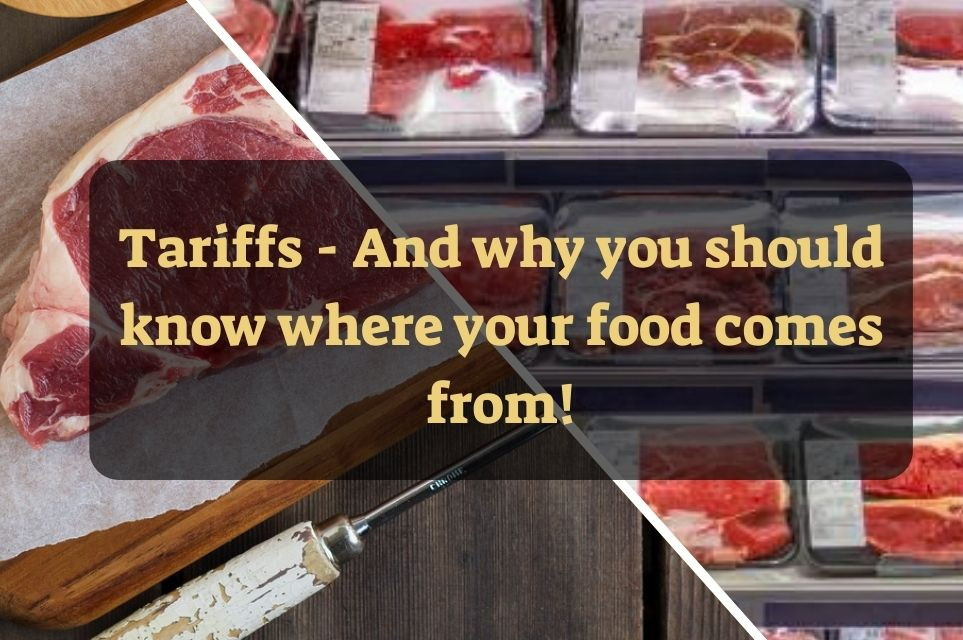The Best Grass Fed Beef Is Local: Here's Why
posted on
June 21, 2022

Not all grass fed beef is created equal.
The grass fed beef that you find in the grocery store and the grass fed beef that you get from our farm share some similarities, but taste completely different due to how the animals were raised and the distance the meat traveled to get to you.
In fact, much of the grass fed beef sold in the United States, even that labeled “Product of U.S.A” is not raised or slaughtered here.
How is this possible? And what meat should you eat instead? Let’s break the issue down.
Grass Fed Beef isn’t Standardized
To begin with, there are no legally defined standards for grass fed beef. This means that there aren’t any government regulations specifying how a cow must be raised for the beef to be labeled as grass fed.
All the USDA requires is an affidavit outlining how the meat farm operates their grass feeding program. They often don’t follow up to confirm these plans which leads to a wide range of quality control.
Our beef, which comes from pasture raised animals that spend their entire lives eating grass grown on our farm, is labeled grass fed. At the same time, beef that comes from animals raised on feedlots who eat grass pellets out of troughs can also be labeled grass fed. As you can imagine, the resulting beef is very different!
Most Grass Fed Beef is Imported Beef
There’s a big problem in the beef industry right now. It has to do with imported beef. As it currently stands, any meat that’s processed in the United States can be labeled as a “Product of U.S.A.”. As long as the piece of beef is sliced into steaks in a USDA inspected processing plant, it doesn’t matter where the animal was raised or even slaughtered.
This is a particularly large issue within the grass fed beef industry. In 2018, only 15% of grass fed beef sold in the United States was raised by American producers¹. The rest was imported beef. Yikes!
Imported grass fed beef comes primarily from countries like Australia, Uruguay, and Brazil where there are meat farms set up to raise grass fed beef as cheaply as possible. The end goal isn’t the best tasting product, it’s the biggest profits for large corporations.
Country of Origin Labeling is Important
Right now there are bills in Congress looking to change how beef labeling works. Instead of country of origin being determined by where the meat is processed, it will be based on where the animal was raised.
If the country of origin labeling bills pass, imported beef will no longer be able to be labeled as “Product of U.S.A” even if it was cut into steaks here. This will be a big win for domestic grass fed beef farmers like us, but it’s not guaranteed.
Buying Local Grass Fed Beef is the Best Option
The only way to ensure that your grass fed beef is delicious and verify that it was pasture raised in the United States is to buy it from a local farmer that you know.
The benefits of local grass fed beef are countless, but a few major ones include
- Better taste - Our cows eat a wide range of grasses and get lots of exercise moving around the pasture. The end result is well marbled, rich, beefy steaks and grinds. We have a neighbor who thought he didn’t like grass fed beef because he had only eaten the stuff from the store. One taste of ours however, and he’s a convert!
- Less of a carbon footprint - Our cows are raised using regenerative practices which means that they are actively helping to sequester carbon, instead of being brought thousands of miles across the ocean and contributing to pollution.
- Transparency - There are no secrets about how we farm. We love answering questions and showing people our process. We can guarantee that the meat you’re eating was raised the right way.
We firmly believe in eating grass fed beef for its health and environmental benefits, however we also know that not all beef has those benefits in equal amounts. If you’re ready to try grass fed beef that does what it's supposed to, click here to shop now!
Sources:
1. “Foreign beef can legally be labeled “Product of U.S.A.” It’s killing America’s grass-fed industry.”




